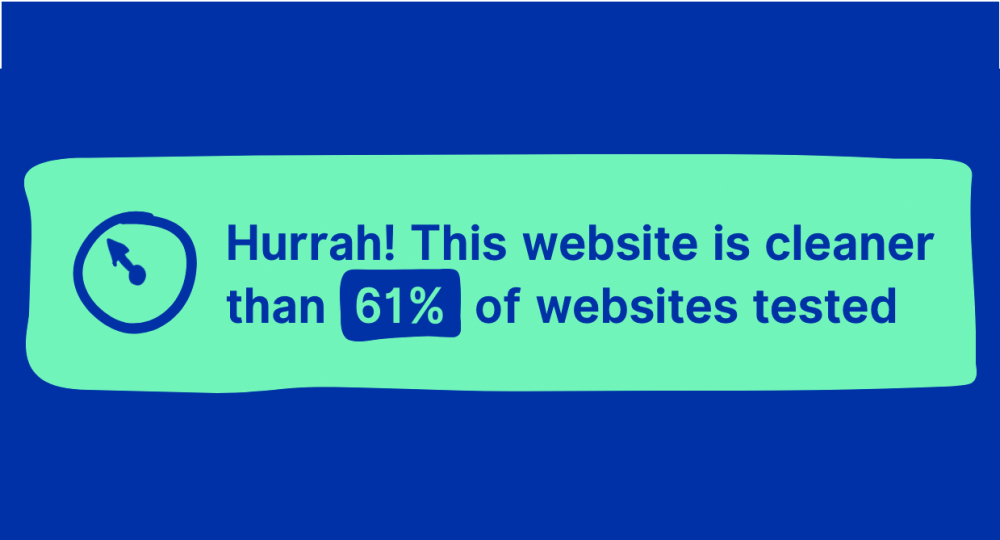Until recently, we’ve thought that using the internet and digital tools is good for the environment. Reading newspapers online saved paper, of course, and streaming music meant fewer CDs being produced. All of those analogue resources had been replaced by invisible streams of data. But a closer look at the statistics has revealed that in reality, this data requires a huge amount of energy too. In 2022, data centres (along with artificial intelligence and cryptocurrencies) consumed 460 terawatt-hours of energy. And this figure is predicted to increase to 620 to 1050 terawatt-hours by 2026.
From data centres to transmission networks and the devices we hold in our hands, everything along the digital chain consumes energy and is responsible for rising CO2 emissions. Not to mention all of the resources used, and CO2 emitted, in the manufacture of our favourite digital gadgets…
According to Climateiq, data centres generate more emissions than the aviation industry. And to make matters worse, their emissions don’t show any sign of stopping. We urgently need to address how to reduce our digital carbon footprint. If we’re to find a solution, we need to work out exactly what is using all that energy. Fortunately, research is catching up. It has been shown, for example, that streaming moving images is the number one cause of carbon emissions in the digital world and that the billions of search queries made around the world add up to many, many tons of CO2. You can find out more in our long-read: Our Digital Carbon Footprint: What’s the Environmental Impact of the Online World?
A calculator that works out the carbon footprint of your website
Alongside all the video, music and email services we use, other things impact carbon emissions—and website design is one of them. An average website produces 4.61 grams of CO2 for every page view. For websites that have an average of 10,000 page views per month, that makes 553 kilograms of CO2 per year. But there are ways for programmers and website owners to reduce the carbon footprint of their websites. The Website Carbon Calculator, designed by Wholegrain Digital, is one great example. Enter the URL of any website, and it will calculate the estimated CO2 emissions and also give you tips on how to make your website more carbon-efficient.
The Carbon Calculator promises to make a fairly good estimate of a website’s CO2 emissions using five key pieces of data:
- Data transfer over the wire (The data transferred over the wire when a web page is loaded.)
- Energy intensity of web data (Energy is used at the data centre, telecoms networks and by the end user’s computer or mobile device. As this varies for each website and visitor, an average value is used.)
- The energy source used by the data centre (They check the Green Web Foundation (GWF) database to see if the data centre is using green energy.)
- Carbon intensity of electricity (Using an international average.)
- Website traffic (How many people are visiting the website.)
It’s over to you!
After calculating the carbon impact of your website, you’ll be given a number as a result. But what does this number actually mean? To help you better understand your result, the website calculator displays comparative values (such as how many trees it would take to absorb your website’s carbon each year) and recommends a range of energy-efficient improvements. These include using compressed images, efficient file formats and “light” fonts to avoid overloading the network. Another great way to improve your website’s carbon rating is by using a green web hosting service.
Equipped with all that information, it’s over to you to optimise your website to be as eco-friendly as possible.







